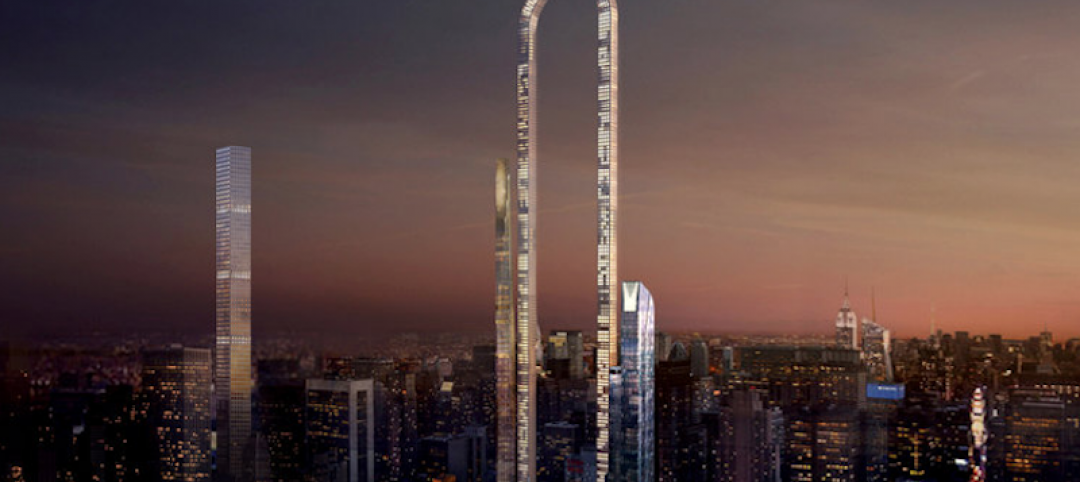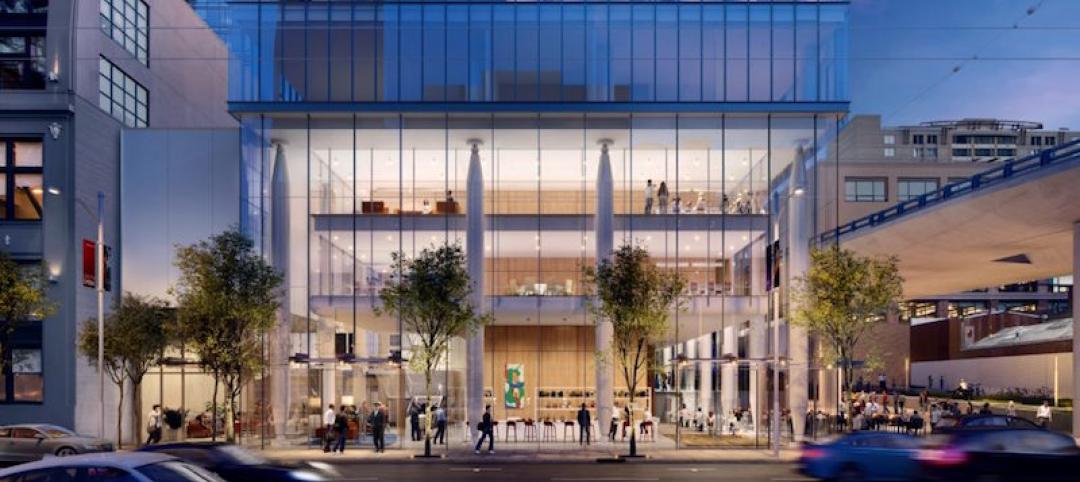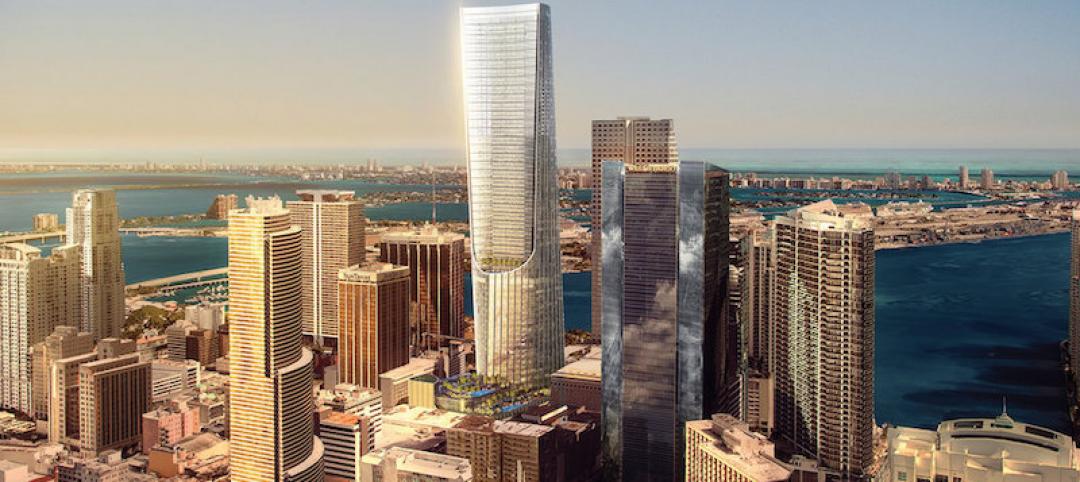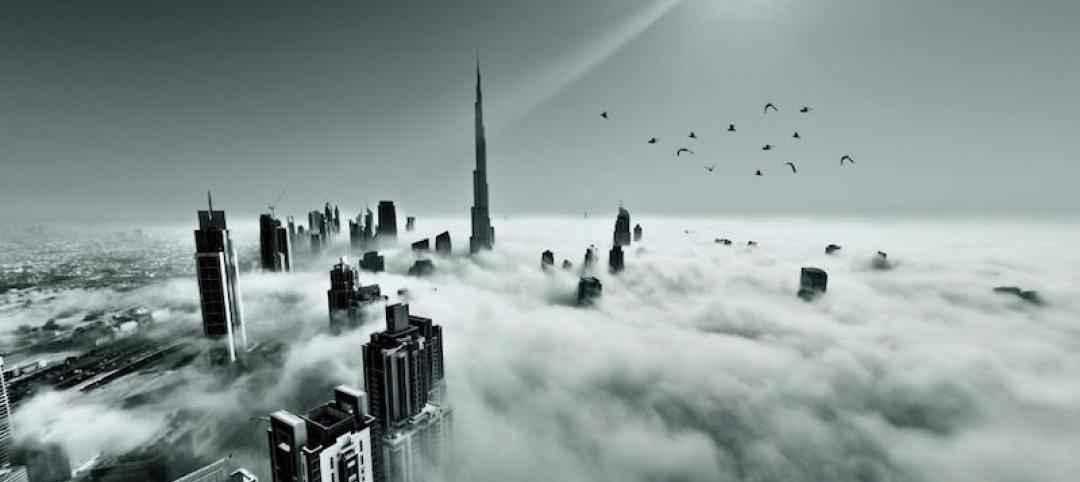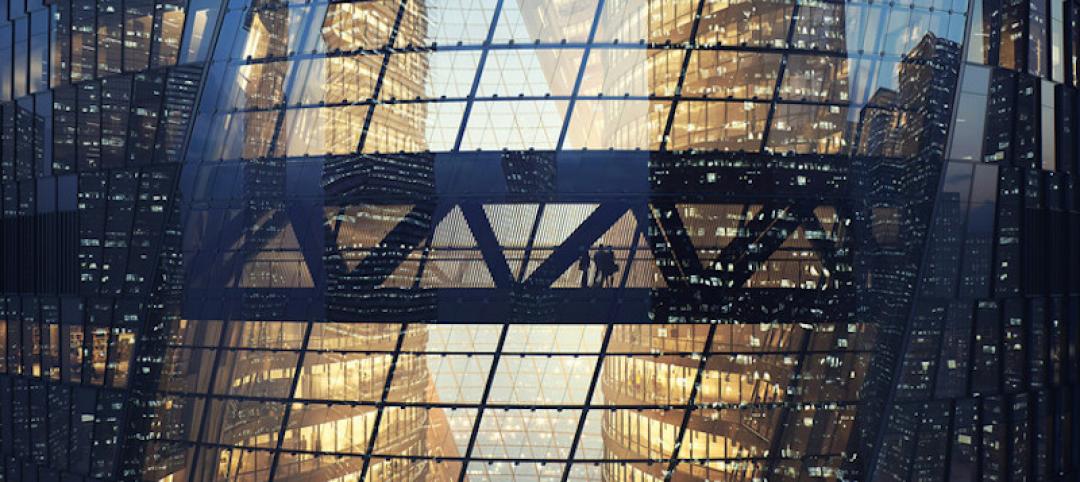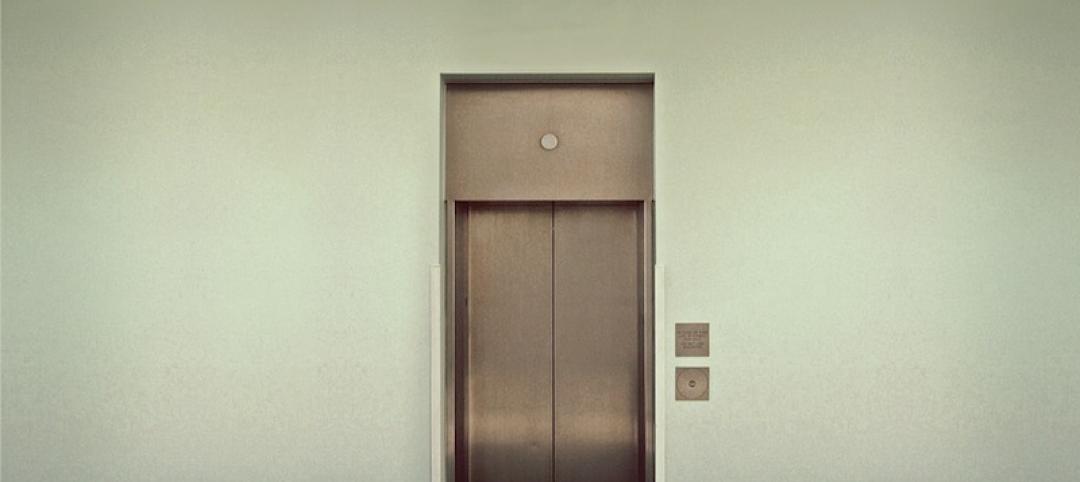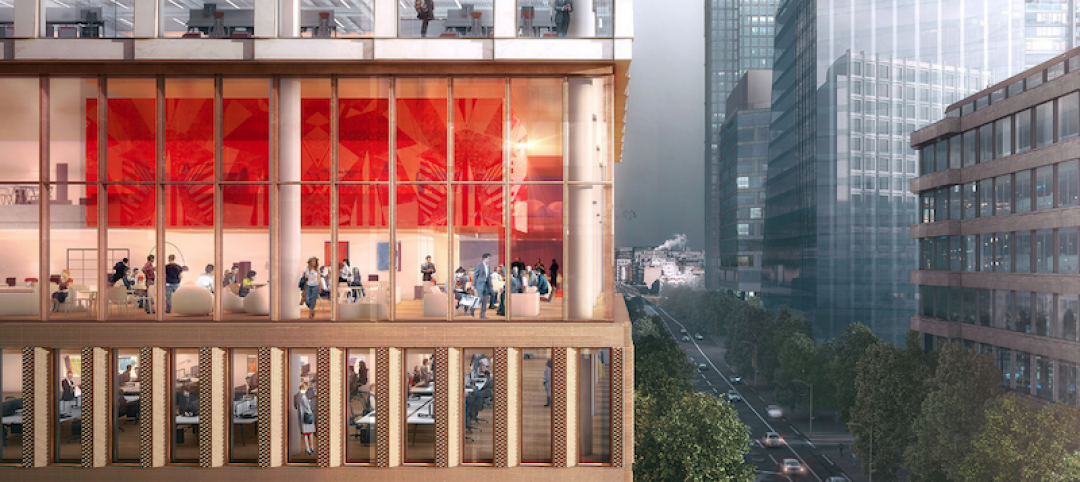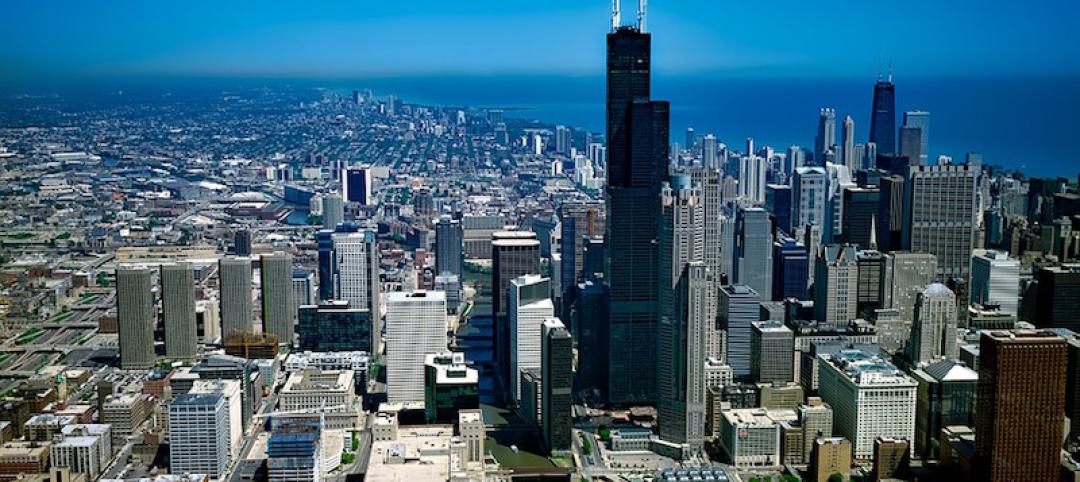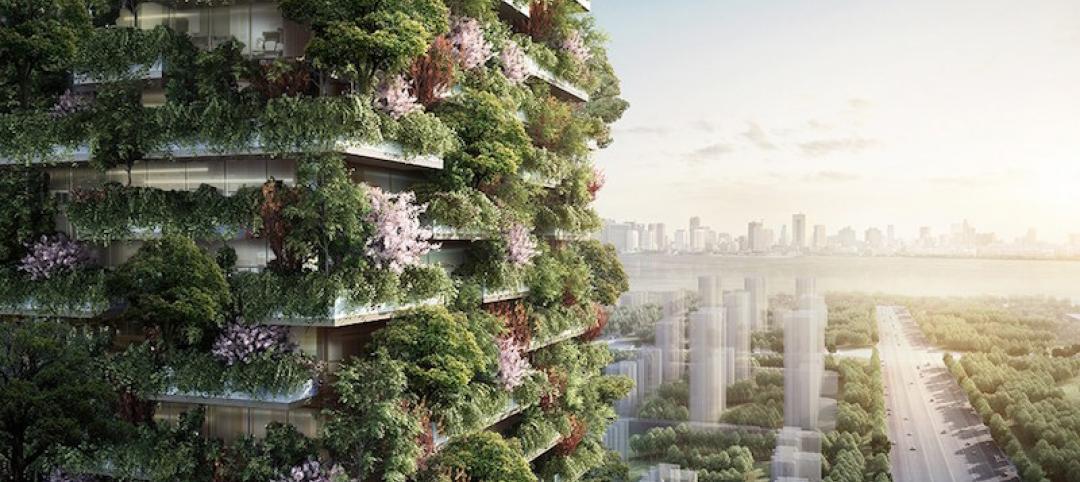The Council on Tall Buildings and Urban Habitat (CTBUH) released an original “Tall Buildings in Numbers” (TBIN) research study entitled Vertical Transportation: Ascent & Acceleration. The study began as a collaboration with Guinness World Records to identify the commercial building with the fastest elevator speeds and longest vertical runs, which turned out to be Shanghai Tower, China. Expanding on this research, the Council determined the top buildings in each category and uncovered a number of other intriguing vertical transportation superlatives along the way.
When it comes to the tallest skyscrapers in the world, the vertical commute in the building becomes just as important as the horizontal commute through the city. Innovations in vertical transportation systems allow passengers to get to their destinations more quickly, and with less stops along the way. It is no surprise then that the world record-holder for fastest elevators also happens to be the second tallest building in the world at 632 meters.
With elevators speeds topping out at 20.5 meters per second (m/s), Shanghai Tower (Shanghai, China) narrowly surpasses CTF Finance Center (Guangzhou, China), which boasts speeds of up to 20 m/s. Meanwhile, Taipei 101 (Taipei, Taiwan) trails at 16.83 m/s, following by Landmark Tower (Yokohama, Japan) at 12.5 m/s and Two International Finance Center (Hong Kong, China) at 10.6 m/s.
Shanghai Tower also features the tallest continuous elevator run at 578.55 meters. These elevators whisk visitors all the way from the basement, to the observation deck near the top of the 632-meter building. Following closely is Ping An Finance Center (Shenzhen, China), with elevators running a continuous 573.5 meters, just meters short of the building’s 599-meter pinnacle.
Looking to the future, Saudi Arabia’s under-construction Jeddah Tower, with a projected height exceeding 1,000 meters, is poised to challenge these records. The tower will reportedly feature an elevator run of 660 meters and double-decker elevators that exceed the current record of 10 m/s for such systems.
An interactive version of this study is available online, exploring details on the collected project data. Additionally, the study is included within the 2017 Issue III of the CTBUH Journal. Purchase a copy of the journal here.
Related Stories
High-rise Construction | Mar 20, 2017
The world’s longest skyscraper
As supertall skyscrapers continue to pop up around NYC, an architecture firm based in New York and Athens asks, ‘What if we substituted height with length?’
High-rise Construction | Mar 3, 2017
Detroit's tallest tower to rise at site of former J.L Hudson's Department Store
SHoP Architects and Hamilton Anderson Associates will design the 52-story building.
Mixed-Use | Mar 1, 2017
New hotel and residential tower coming to San Francisco’s Transbay neighborhood
The ground-up development will feature 255 hotel rooms and 69 residential units.
Mixed-Use | Feb 27, 2017
Tallest tower in Miami to begin construction in January 2019
The tower will reach a height of 1,049 feet, the maximum height permitted by the FAA in Miami.
High-rise Construction | Feb 17, 2017
What makes a supertall tower super?
As new technologies fuel the race to build higher, three primal drivers simultaneously enable progress and keep it in check.
High-rise Construction | Feb 17, 2017
Zaha Hadid Architects-designed building to have the world’s tallest atrium
A 190-meter atrium will rise the full height of the building between two twisting sections.
High-rise Construction | Feb 8, 2017
Shanghai Tower nabs three world records for its elevators
The second tallest building in the world is officially home to the world’s fastest elevator, the tallest elevator in a building, and the fastest double-deck elevator.
Office Buildings | Feb 8, 2017
London office building employs transitional forms to mediate between the varied heights of surrounding buildings
Friars Bridge Court will provide a transition between the unvarying height of the buildings to the south and the more varied heights of the northern buildings.
High-rise Construction | Feb 6, 2017
Flexing their vanity muscles: Some of the world’s tallest buildings have hundreds of feet of non-occupiable space
The amount of the Burj Khalifa’s height that is non-occupiable is taller than most skyscrapers.
Green | Feb 3, 2017
Nanjing Green Towers will be Asia’s first vertical forest
The project will be covered in 1,100 trees and 2,500 cascading plants and shrubs.



